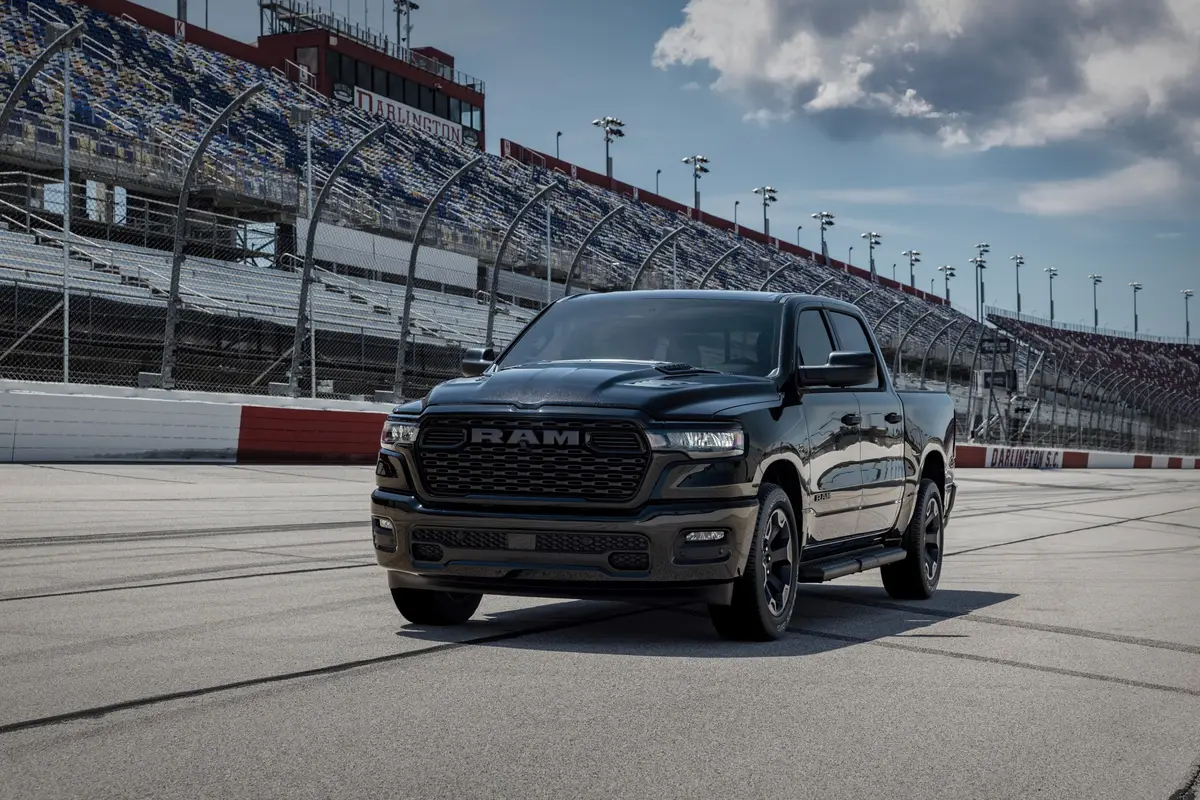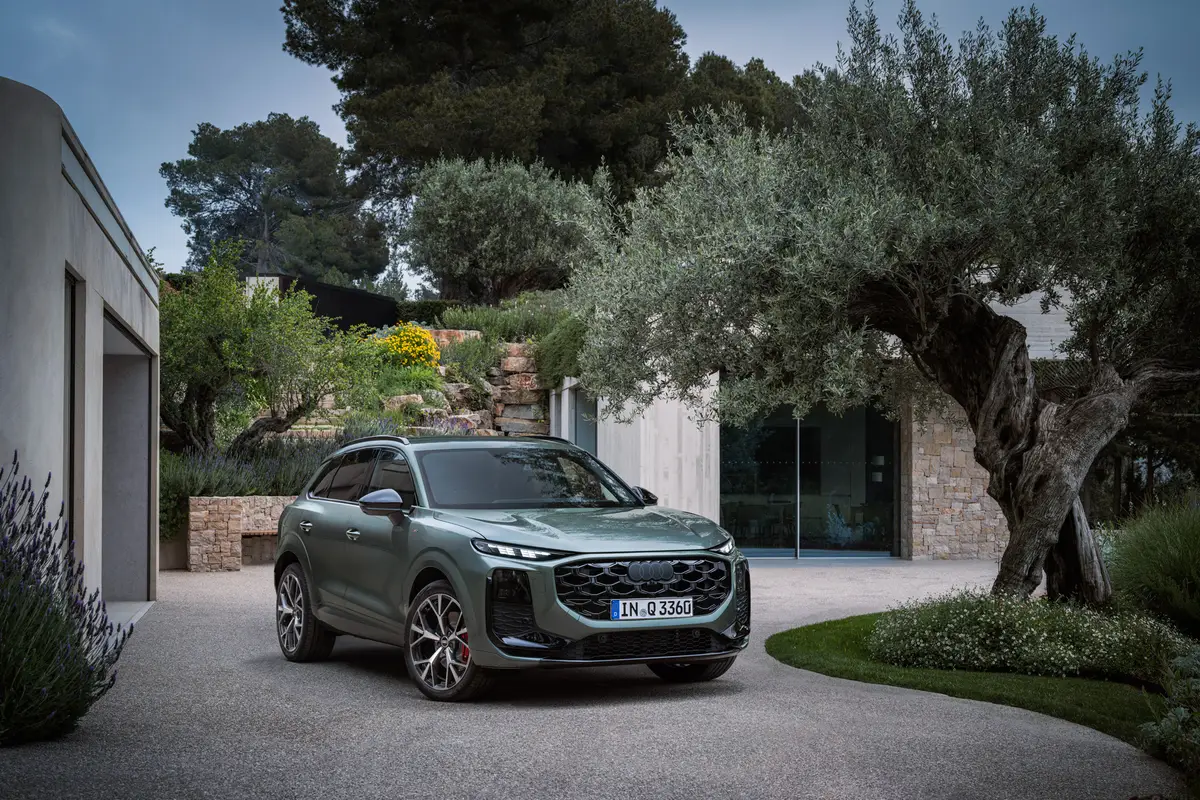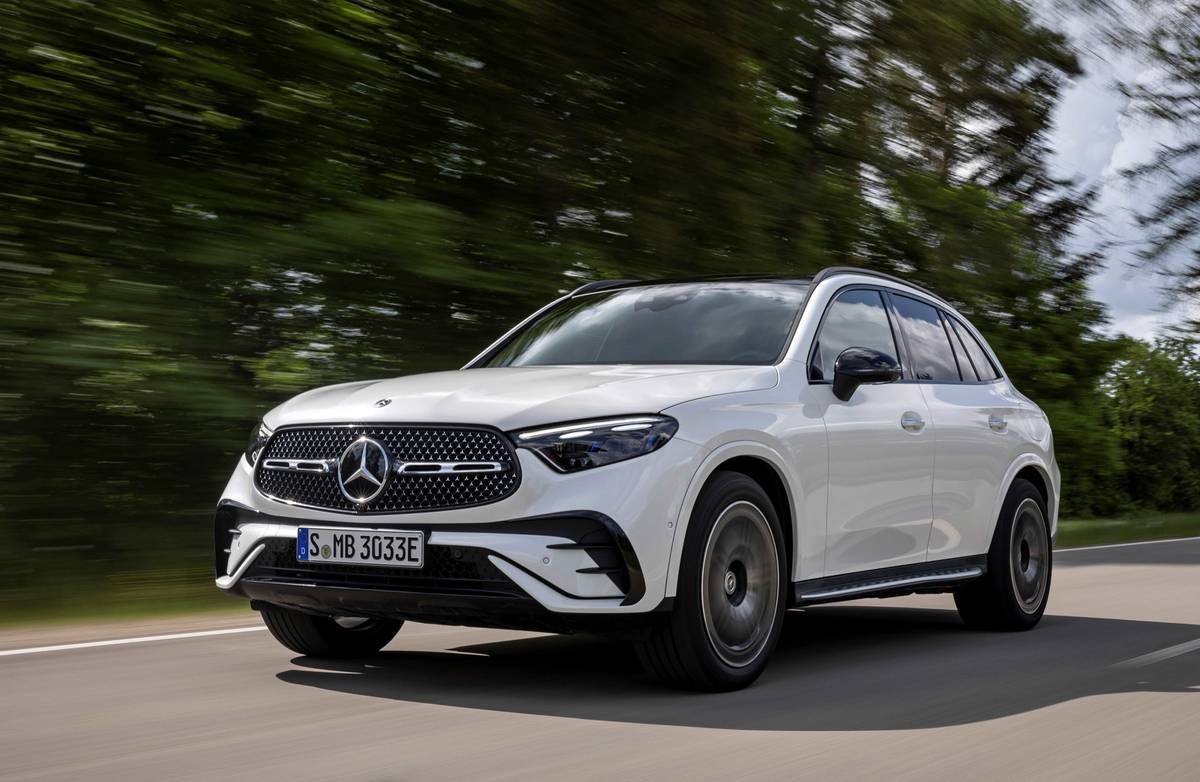Star-Telegram.com's view
Toyota’s popular RAV4 compact utility vehicle, completely redesigned last year, returns for 2007 with some new standard safety features that make it even more attractive.
Besides the new optional V-6 engine added with last year’s makeover, as well as the available third row of seating that increases the vehicle’s seating capacity to seven, the RAV4 now has front seat-mounted side air bags, and side-curtain air bags for both the front and middle rows of seats.
Last year, those two items were included in a $650 option package. But as consumers grow more conscious of safety features available on sport utility vehicles – including electronic stability control – they are demanding that these features be included on all models, and savvy automakers are complying.
Studies have shown that a combination of side air bags and electronic stability control (packaged with antilock brakes) can substantially decrease the likelihood of serious injury or death in SUV accidents.
The two systems don’t necessarily work together, but when a vehicle has both, the occupants are much safer. The stability control system is designed to help prevent a rollover accident as a result of a panic maneuver, while the side-curtain air bags are there to protect the passengers in the event that a rollover occurs.
Beyond the safety features, this third generation of the RAV4 offers the best package yet from Toyota’s compact SUV line – a segment the automaker pioneered with the introduction of the first RAV4 in 1996.
This model, larger than its predecessor, can tow up to 3,500 pounds, which would accommodate most boat and smaller horse trailers, as well as some smaller travel trailers. And with the ability to seat seven people instead of just five, available V-6 power, and expanded towing capacity – this vehicle is geared to appeal to a much broader range of consumers.
The extra power and seating capacity allow consumers to have the attributes of larger SUVs without giving up the economy of operation that a compact sport utility provides. With an affordable starting price of just over $21,000 (with freight) for a four-cylinder, two-wheel-drive model, or just under $23,000 for a four-cylinder, four-wheel drive, the RAV4 offers better fuel economy that those bigger SUVs.
EPA ratings for the base four-cylinder, two-wheel-drive model are 24 miles per gallon in the city and 30 mpg on the highway.
But even with the RAV’s V-6 engine, the ratings are 22 mpg city/29 highway with two-wheel drive.
You won’t come close to finding that kind of fuel economy in a large sport utility. Even with four-wheel drive, the ratings are quite decent for the V-6 – 21 city/28 highway. There are three trim levels – base, Sport and Limited.
For 2007, the V-6 models begin at just over $23,000, and range as high as $27,000 for the V-6, four-wheel drive Limited model.
Our test vehicle was the midlevel Sport model with V-6 and two-wheel drive ($24,340 plus $605 freight). With only a few low-cost options, ours topped out at $25,484, including freight.
We did not have the third seat on ours tester, but it did come with an upgraded audio system with six-disc, in-dash, MP3-compatible compact-disc player ($200). This system included six speakers and a jack in the center console between the driver and front passenger to allow for easy connection of an iPod or other portable audio device.
Also included on our tester was the towing-prep package ($160), which included a beefier radiator, fan and alternator; not included was the tow-hitch receiver, which costs an additional $750.
Our vehicle also came with a cargo-area cover and cargo net ($140) and daytime running lights ($40).
Available for 2007 is a JBL audio system with Bluetooth hand-free telephone system and steering-wheel audio controls.
We earlier tested the four-cylinder model, which we found to adequate for routine driving. But we didn’t operate the vehicle with a full load of people and cargo, and we didn’t have any trailers to tow.
People who need the extra power, especially to pull a trailer, should go for the V-6. About 70 percent of buyers are choosing the four-cylinder model, though, Toyota says. With the redesign, the RAV4 grew 14 inches longer, three inches wider, and a half-inch taller than the second-generation model, which was introduced in 2001. The first RAV4 was even smaller.
This newest model is on an all-new chassis, which for now is unique to the RAV4. As before, it’s a crossover SUV, which means it has unibody construction like a car, rather than having a body mounted on a steel frame as with the traditional truck-based models such as the Toyota 4Runner.
The third seat is an $800 option, and seats two.
We tested it last year on a 2006 model, and found the seat to be suitable only for small- to medium-size children. But that’s what it’s for.
Toyota says it is not intended for everyday use, but for the infrequent occasions when there might be a need for a couple of extra seats. It came in handy while taking the grandkids out to dinner, for example. The adults sat in the first two rows, and the two 8-year-olds in the back.
The RAV4 was the first in the compact crossover segment to get a third row of seating, and the second in the compact SUV class as a whole. Until the new RAV showed up last year, only the Suzuki XL-7 offered a third row of seating in a compact. For 2007, though, Mitsubishi has introduced the redesigned compact Outlander crossover with a third seat.
The RAV’s base engine continues to be a 2.4-liter inline four-cylinder. For 2007, it’s rated at 166 horsepower and 165 foot-pounds of torque. That’s up from 161 horsepower in the previous generation RAV.
Standard with the four-cylinder engine is a four-speed automatic transmission. The manual gearbox from the previous model has been discontinued.
The optional engine is a 3.5-liter V-6, rated at 269 horsepower and 246 foot-pounds of torque. The V-6 equipped RAV can accelerate from zero to 60 mpg in less than seven seconds, which might come in handy for freeway merges.
The V-6 engine comes with a five-speed automatic transmission.
All RAV4 models now have electric steering, in which the steering motor gets its power from the car’s electrical system instead of the engine. It’s designed to improve fuel economy.
The automatic, electronic on-demand four-wheel-drive system is designed for bad-weather and limited off-road driving. No low-range gearing is offered, so this is not the vehicle for serious trail-driving or hill-climbing.
But the system does come with hill-assist control for up- and downhill driving. On downward slopes, the system will let the car cruise at a steady four mph with the driver’s foot off the brake.
The new RAV has 25.2 more cubic feet of space than the model it replaced. Without the third seat, or with the third seat folded, that gives the vehicle more cargo space as well as a roomier middle row of seating than before.
The middle seat has a 60/40 split with a center fold-down armrest that includes two cup holders.
The third row has a split-and-stow seat that folds flat into the rear floor either all or by half.
With both the middle and third seats set up with split-folding backs, the interior of the vehicle can be configured to carry either people or cargo, or a combination. With the third seat in place, however, cargo space behind that seat is just 12 cubic feet.
Sport models such as our tester come with 18-inch alloy wheels, over-fenders, privacy glass, roof rack and a unique interior seat fabric.
The spare tire is in a hard cover on the tailgate, and the entire gate, with the spare, swings out to the right for access to the cargo area.
The top-of-the-line Limited model comes with dual zone air conditioning, power driver’s seat and the upgraded audio system that was $200 extra in our Sport model. Leather seats are available.
G. Chambers Williams III is staff automotive columnist for the San Antonio Express-News and former transportation writer for the Star-Telegram. His automotive columns have appeared regularly in the Star-Telegram since 1995. Contact him at (210) 250-3236; chambers@star-telegram.com.
At a Glance: 2007 Toyota RAV4
The package: Compact, four-door, five- or seven-passenger, front- or all-wheel-drive, four-cylinder or V-6 powered crossover sport-utility. Highlights: The third generation of Toyota’s RAV4, the original mini-SUV, arrived for 2006, but it’s not so mini anymore. This completely redesigned model is bigger than the previous generation, and now comes with its first third-seat option and available V-6 engine. Side-curtain air bags and front seat-mounted side air bags are standard for 2007. Negatives: No low-range gearing for serious off-road use; third seat is cramped for adults. Engine: 2.4-liter inline 4-cylinder; 3.5-liter V-6. Transmission: 4-speed automatic (4-cylinder); 5-speed automatic (V-6). Power/torque: 166 HP/165 foot-pounds (four-cylinder); 269 HP/246 foot-pounds. Length: 181.1 inches. Curb weight: 3,300-3,677 pounds. Cargo volume: 36.4 cubic feet (behind second seat, third seat folded); 12.3 (behind third seat). Towing capacity: 1,500 pounds (4-cylinder); 3,500 pounds (V-6 w/tow package).. Brakes, front/rear: Disc/disc, antilock. Electronic stability control: Standard. Fuel capacity/type: 15.9 gallons/unleaded regular. EPA fuel economy: 24 miles per gallon city/30 highway (4-cylinder/2WD); 23/28 (4-cyl./4WD); 22/29 (V-6, 2WD); 21/28 (V-6, 4WD). Major competitors: Honda CR-V, Ford Escape/Mercury Mariner/Mazda Tribute, Mitsubishi Outlander, Saturn Vue, Subaru Forester, Pontiac Torrent/Chevrolet Equinox; Suzuki Grand Vitara, Suzuki XL-7, Nissan Xterra, Hyundai Tucson, Kia Sportage, Jeep Liberty, Dodge Nitro. Base price range: $20,850-$25,020, plus $605 freight. Price as tested: $25,485, including freight and options (V-6 Sport model, 2WD). On the Road rating: 8.7 (of a possible 10).
Latest news



